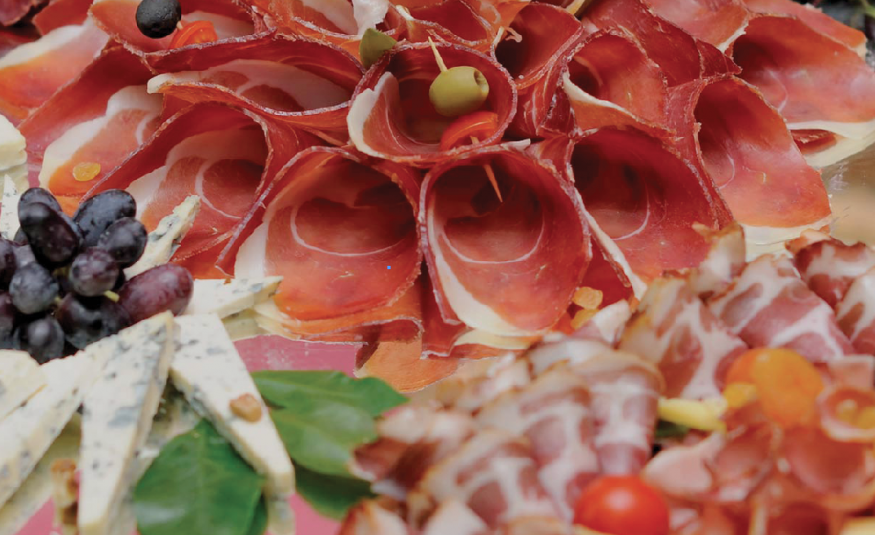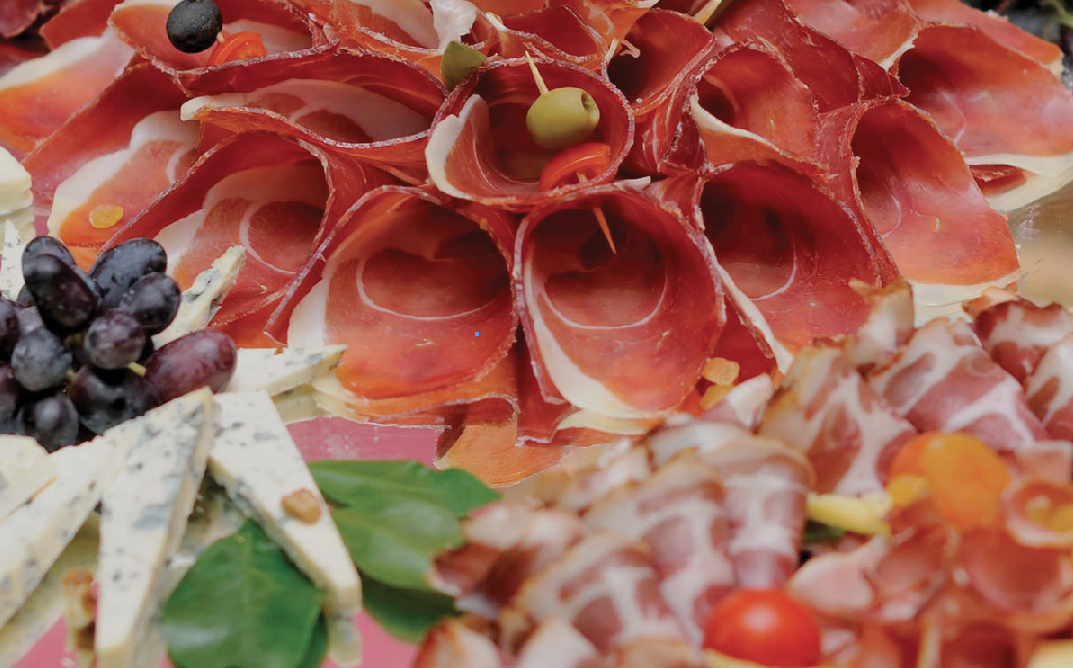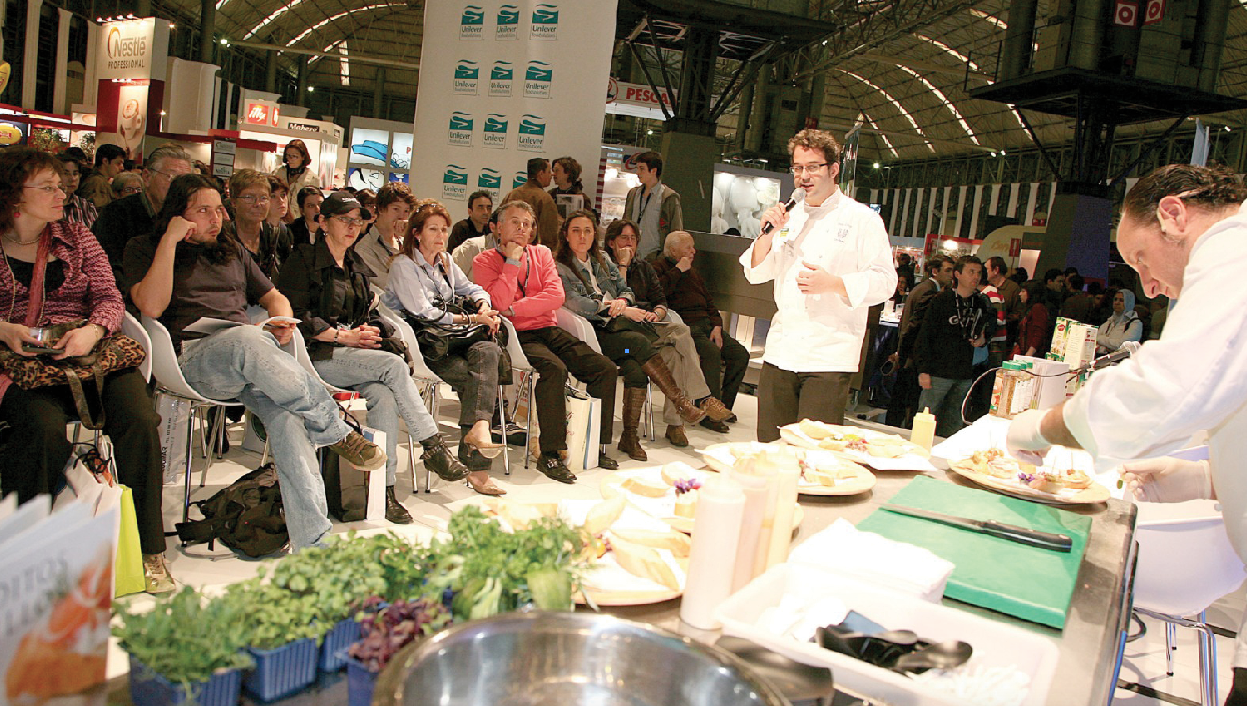Barcelona-based food producer exhibition Alimentaria operates in a highly competitive global market, in a domestic market still contending with austerity
As 2016 drew to a close, Spain’s economy minister Luis de Guindos said that in spite of still high unemployment and political uncertainty, resurgent household spending led by a turnaround in the job market has extended its recovery from a deep recession.
In fact Spain’s economic growth might even have exceeded the 3.2 per cent pace officially projected by the government for 2016, he added.
Good news then that Alimentaria Exhibitions operates one of Spain’s most marketable industries. The Spanish food sector appears to be a secure investment. Spain is the second biggest beneficiary of Common Agricultural Policy (CAP) funding after France, from a pot worth about €408bn for the 2014-2020 period. Just over €300bn of that is earmarked for direct payments, the first pillar, and just under €100bn will be available for rural development, the so-called second pillar. And this generates jobs. In 2016 the Spanish Federation of Food and Drink Industries (FIAB) announced an increase in employment of 3.4 per cent in both sectors.
FIAB president Mané Calvo said 10,000 new jobs had been created in the past year during the Madrid Food & Drink Summit in November, and Spain’s food and drink sector currently comprises around 30,000 companies.
These companies have several high profile platforms at their disposal through which to reach the global market.
The world’s food industry is well served by comprehensive major events including Sial and Anuga, and subject to fracture and specialisation on a grand scale as other, smaller, shows accommodate niche industries and verticals able to take a bite out of the giants.
So how does Alimentaria intend to compete as its home market, Spain, finds its feet economically?
Re-imagining the show
While not a large as Anuga or Sial, Alimentaria is still a very large event, blending several markets under the roof of a strong international exhibition arena. The last edition occupied 84,000sqm but the plan is to grow it to 100,000sqm.
The show comprises several smaller events in a number of verticals. It offers Intervin for example, an 18,000sqm sub-event that attracts the wine industry; Intercarn, its meat industry component, typically comprises 650 exhibitors, and Interlac for milk and dairy.
The show is also defined by its non-food specific sections. The Alimentaria Hub is a huge part of the event, demonstrating innovation, research and development, distribution and retail, social responsibility and marketing and communications. There is also a big focus on startups.
This stratification is very much by design. “Everything was mixed, horizontal, rather than sectorised,” says Toni Valls, director general of Alimentaria Exhibitions. “Until 2018 we are trying to secure organic growth, for example reinforcing the content of the Alimentaria Hub and the experiential element. Our purpose is to communicate with the world, defining Alimentaria as a unique event for the food, food service and gastronomy industries.”
The brand has been accessible beyond Spain’s borders for some time now, with varying degrees of success. It has a management contract with Portuguese venue and organiser, Feira Internacional de Lisboa, based on fees, royalties and commissions.
The company also had a partnership in with Expo Guadalajara in Mexico for with EJ Krause, with which it parted ways in 2015. Today the Mexican event trades as Expo Antad & Alimentaria Mexico, or The International Food, Drinks and Food Service Exhibition.
Alimentaria was active in Brazil under Machado for two editions, however profitability was not as high as expected and it closed. It may next be seen in Chile, which Valls describes as a small but promising market.
“We are doing well in Mexico and Lisbon, but there is lots to do. And we are ready, we have a reliable panel in place, good market knowledge and a strong exhibition. But, our partners need to be more than just financial, they can be in food and beverage or in hospitality, we don’t mind. But when getting into a new market, we would rather have expertise we can customise for the local market. Not only horizontal, but vertical shows.”
New market factors also require the show to adjust to a new era. Valls and his team are keenly aware that the retail market has changed in recent years. The biggest retailer was once bricks and mortar in the form of Wallmart; today the bricks are binary in the form of Alibaba.
But with an upturn in Spain’s economic fortunes, and a national food production industry in demand the world over, Alimentaria is well equipped to compete.








